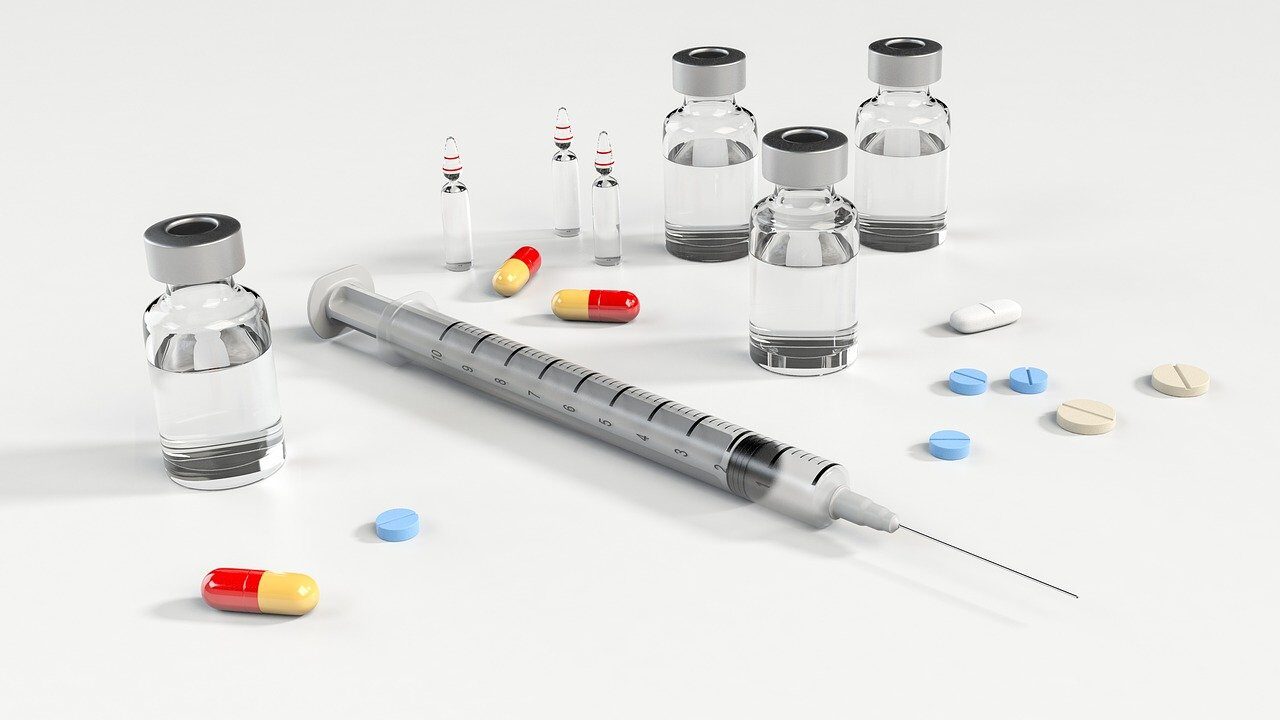Diabetes mellitus
Diabetes mellitus is a group of endocrine diseases associated with disorders of carbohydrate metabolism. In this case, the body experiences a relative or absolute lack of pancreatic hormone – insulin, which provokes excess of normal blood glucose levels. Prolonged lack of treatment leads to hyperglycemia, when the cells of the organs begin to starve, even with an abundant and timely diet. Diagnosis and treatment of the pathology is performed by an endocrinologist.
In many cases, diabetes mellitus is a natural consequence of increased consumption of easily available carbohydrates. Especially dangerous is the abundance of sweets on the background of regular overeating and lack of exercise, which allows us to call this disease “the scourge of developed civilizations.
Causes and mechanism of development
In medicine, there is no consensus on what causes diabetes, so it is classified as a multifactorial disease, where poor heredity and risk factors are of great importance.
The role of a “trigger” may play the following factors:
- Improper diet with an abundance of easily available carbohydrates and refined foods;
- Excessive weight with a mass index over 30 and abdominal type of fat deposits;
- chronic water imbalance in the body;
- previous endocrine pathologies – diffuse goiter, Icenko-Cushing’s syndrome;
- constant stress;
- Infectious diseases with complications – the so-called “childhood diseases” (measles, rubella) are especially dangerous;
- Injuries and chronic diseases of the pancreas (pancreatitis, calcification of the gland, cysts, vascular sclerosis, etc.).
Warning. A high risk of congenital diabetes is characteristic of children born with a large body weight – 4 kg or more. In this case, the child from birth is registered with an endocrinologist with regular monitoring of his condition as he grows up.
The development of the disease is closely related to insulin and the body’s response to it. The hormone is a major participant in the metabolism of carbohydrates, namely responsible for the absorption of glucose. This simple sugar is called a universal source of energy for the whole body. In this case, some organs require the presence of insulin for its assimilation and are insulin-dependent (liver), others are able to do so directly, so they are called insulin-independent (brain).
diabetes mellitus
After a meal, blood sugar levels rise naturally. To bring it back to normal, the body gives the command to produce insulin, which helps the body to assimilate glucose and store its excess in the liver (as glycogen), muscles and fatty tissue. With diabetes, this sequence of actions fails, and events can unfold in two ways:
- Insulin production decreases to critical levels or stops completely.
- The body produces sufficient insulin, but the cells and organs become resistant to this hormone and simply do not notice it.
As a result, cells and organs are starving for energy and almost all sugar continues to circulate in the blood without being metabolized, which leads to hyperglycemia.
A side note. The function of insulin is not limited to maintaining glucose levels. Additionally, the hormone is involved in the synthesis of fatty acids, which makes it a simultaneous participant in lipid metabolism. This fact confirms the deep interrelation of metabolism in the body and explains the frequent complication of diabetes with vascular atherosclerosis.
Classification of diabetes
Diabetes mellitus has 2 main types, which differ fundamentally in the etiology of the pathological process and at the initial stages require a different approach to treatment:
- Insulin-dependent type 1 diabetes – develops in response to autoimmune aggression of the body against the beta cells of the pancreas, which produce insulin. As a result, the level of the hormone is pathologically reduced, which threatens to cause high levels of hyperglycemia. It is typical for children and young people. In older people it appears as a consequence of pancreonecrosis in complicated pancreatitis. Requires hormone replacement therapy with insulin.
- Insulin-independent type 2 diabetes develops in the form of increased resistance of the body to insulin, with preservation of the working function of the pancreas. It is typical for people over 40 years old. In the early stages it is corrected without hormonal treatment with the help of diet.
For your information. The term “insulin-independent” in relation to type 2 diabetes remains true as long as it is possible to restore the sensitivity of target cells to insulin. In severe cases, when the increased synthesis of the hormone depletes the pancreas prematurely, insulin therapy has to be resorted to, as in the case of type 1 diabetes.
In addition to the 2 main groups, there are so-called situational and specific types of diabetes:
- Gestational – reversible pathology, characteristic of a severe pregnancy;
- pancreatogenic – occurs as a secondary damage on the background of primary trauma and diseases of the pancreas;
- LADA-diabetes (latent autoimmune diabetes) – characterized by sluggish symptoms, but requires injectable insulin treatment;
- MODY-diabetes is a genetic form of diabetes.
Prognosis and prevention
Basic prevention measures:
- Monitor your weight;
- Monitor carbohydrate and lipid metabolism in the body;
- stick to a healthy diet, avoiding refined products, pure sugars, “heavy” fats, as well as canned, smoked, carbonated products;
- Regularly practice moderate physical activity;
- consume plenty of clean non-carbonated water (at least 2 liters per day);
- Provide the body with all necessary vitamins and minerals.
Diagnosis “diabetes” – not a verdict, especially for those who are ready to take courageous steps to restore their health. By changing to a healthy lifestyle with a proper diet and sufficient physical activity it is possible to achieve not only a significant reduction in the dose of the hormone, but also a stable remission of the disease with complete abolition of drugs. Type 1 diabetes with loss of functional areas of the pancreas cannot be cured, only successful correction with artificial maintenance of normal metabolism is possible.




